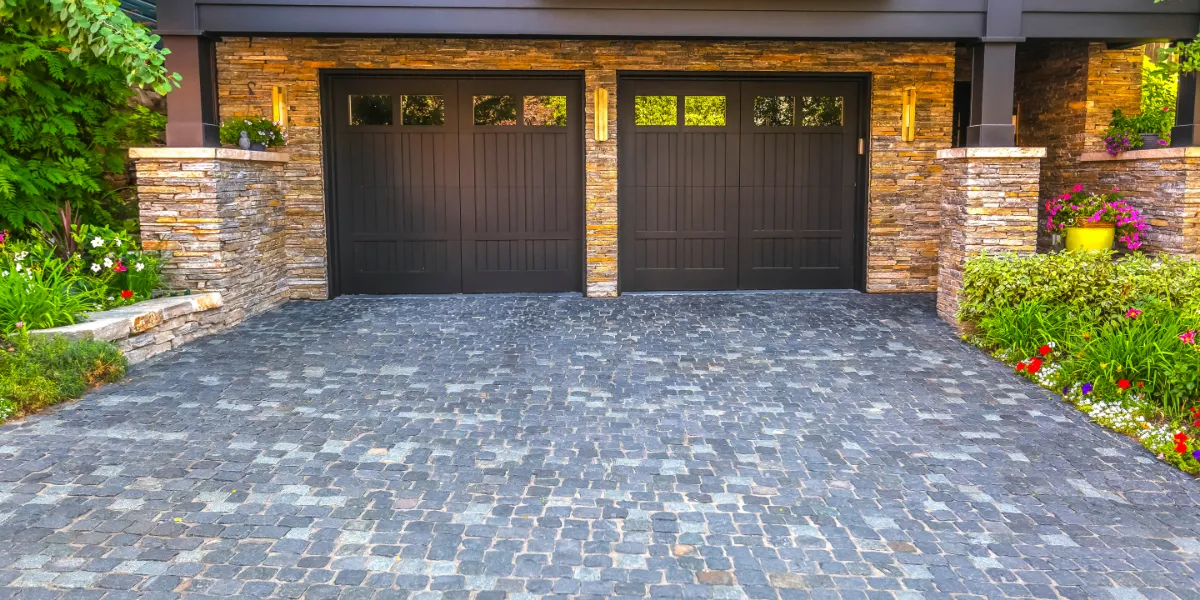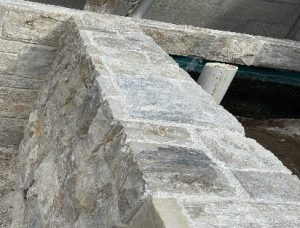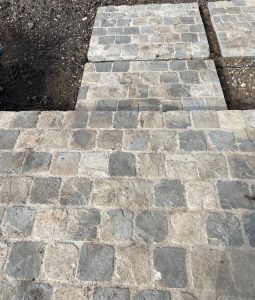A cobblestone driveway offers unparalleled elegance and durability, creating a stunning first impression for your home. Cobblestones have been used for centuries due to their strength, weather resistance, and timeless charm. In 2025, they remain a popular choice for homeowners seeking a driveway that combines both beauty and functionality. Proper installation is key to ensuring your cobblestone driveway lasts for decades without cracking or shifting.
This guide will walk you through each step of the process, providing tips on preparation, installation, and maintenance for a durable and attractive cobblestone driveway.
Why Choose a Cobblestone Driveway?
Installing a cobblestone driveway comes with numerous advantages, from visual appeal to long-lasting performance.
Timeless Elegance and Curb Appeal
Cobblestone has a classic, old-world look that instantly elevates the aesthetic of any property. The natural variations in color, texture, and size add character to your driveway, making it a unique and eye-catching feature. This timeless appeal ensures your driveway never goes out of style and enhances your home’s curb appeal for years to come.
Cobblestones can be arranged in various patterns, such as herringbone, basket weave, or running bond, giving you creative flexibility in your design. By choosing a pattern that complements your landscape, you can create a cohesive and visually striking entrance to your home.
Unmatched Durability and Strength
Cobblestones are one of the most durable materials available for driveways. They are naturally resistant to wear, weather fluctuations, and heavy vehicle traffic. Unlike asphalt or concrete, which can crack over time, a well-installed cobblestone driveway maintains its integrity even under harsh conditions.
Additionally, cobblestones provide excellent traction, making them a safe choice for driveways in regions with frequent rain or snow. With minimal maintenance, a cobblestone driveway can last for several decades, making it a worthwhile investment.
Tools and Materials Needed for a Cobblestone Driveway
Gathering the right tools and materials before starting the project will help you achieve a professional finish.

Essential Tools
To install a cobblestone driveway, you’ll need a range of tools, including a shovel and wheelbarrow for excavation and moving materials. A plate compactor is essential for compacting the base and ensuring stability. Use a rubber mallet to position the cobblestones without damaging them and a level to maintain evenness across the surface.
For cutting stones to fit your design, you’ll need a stone chisel or angle grinder with a diamond blade. Additionally, safety gear such as gloves, goggles, and ear protection will protect you while working with heavy stones and equipment.
Required Materials
The primary materials include cobblestones, gravel, and sand. Choose cobblestones with a thickness of at least 3 to 4 inches to withstand vehicle traffic. Gravel forms the base layer and provides drainage, while sand is used to level the stones and fill the joints.
You may also need edging materials to define the driveway’s borders and keep the cobblestones in place. Polymeric sand can be used for joint filling to prevent weeds and erosion. Having all materials on-site before you begin will keep the project running smoothly.
Preparing the Area for Your Cobblestone Driveway
Proper site preparation is essential for a stable and long-lasting cobblestone driveway.
Marking and Excavating the Area
Start by marking the outline of your driveway using stakes and string. Ensure the width and length are suitable for your needs, allowing for enough space to accommodate vehicles and easy access.
Once marked, excavate the area to a depth of 10 to 12 inches. This depth provides room for the gravel base, sand leveling layer, and cobblestones. Remove all grass, roots, and debris to create a clean foundation. If your driveway is on a slope, consider grading the area to ensure proper water runoff.
Installing the Base Layer
The base layer consists of crushed gravel, which provides drainage and prevents the cobblestones from shifting under pressure. Spread a 6- to 8-inch layer of gravel evenly across the excavated area. Use a plate compactor to compact the gravel, creating a stable and level surface.
Next, add a 1- to 2-inch layer of sand to help level the cobblestones during installation. Smooth the sand with a rake and screed board, ensuring an even surface across the entire driveway.
Laying the Cobblestones
The placement of the flagstone is where your flagstone patio truly starts to take shape. Focus on creating a balanced and visually appealing arrangement.
Arranging the Pattern
Begin by laying the cobblestones in your chosen pattern, such as herringbone or basket weave. Start at one end of the driveway and work your way across, placing the largest stones in key areas for added stability.
Leave consistent joints between the stones, typically about ¼ to ½ inch wide. Use a string line and level to ensure the stones are aligned and even. Adjustments may be needed to maintain the pattern and prevent gaps from becoming too wide.
Securing the Stones
Once the stones are arranged, use a rubber mallet to tap them into the sand base. This helps the stones settle securely while maintaining a level surface. After all the stones are in place, fill the joints with sand or polymeric sand. Sweep the sand into the joints, then mist the surface with water to help the sand settle.
For a more permanent installation, you can use mortar to secure the stones. However, mortar installations require longer curing times and additional maintenance.
Maintaining Your Cobblestone Driveway
With proper maintenance, your cobblestone driveway can remain in excellent condition for decades.

Cleaning and Inspecting the Driveway
Regularly sweep the driveway to remove dirt, leaves, and debris. Use a hose or pressure washer to clean the surface as needed. Avoid using harsh chemicals that could damage the stones or mortar.
Inspect the driveway periodically for signs of shifting, loose stones, or erosion. Address any issues promptly by repositioning stones and refilling joints with sand to maintain stability.
Sealing and Preventing Weeds
Sealing the cobblestones can enhance their color and protect them from stains, moisture, and freeze-thaw cycles. Apply a high-quality stone sealer every 2 to 3 years, following the manufacturer’s instructions.
To prevent weeds from growing between the stones, use polymeric sand in the joints. This material hardens when wet, forming a barrier against weed growth and erosion.
Additional Considerations for Your Cobblestone Driveway
Incorporating Drainage Solutions
Good drainage is critical for the longevity of your cobblestone driveway. Consider adding drainage channels or installing a permeable base to prevent water from pooling on the surface. Proper drainage reduces the risk of erosion and freeze-thaw damage.
Enhancing the Design with Borders
Edging materials, such as stone or metal borders, can enhance the appearance of your driveway while providing additional stability. Borders define the edges of the driveway, preventing the cobblestones from shifting outward over time.
FAQs
1. How thick should cobblestones be for a driveway?
Cobblestones should be at least 3 to 4 inches thick to withstand the weight of vehicles.
2. Can I install cobblestones on a slope?
Yes, but proper grading and drainage are essential to prevent water pooling and erosion on sloped surfaces.
3. How long does a cobblestone driveway last?
With proper installation and maintenance, a cobblestone driveway can last 50 years or more.
4. Should I use polymeric sand or mortar for joints?
Polymeric sand is easier to maintain and helps prevent weeds, while mortar provides a more permanent but higher-maintenance solution.
5. Is a cobblestone driveway expensive to install?
Cobblestone driveways have a higher upfront cost than asphalt or concrete but offer greater durability and aesthetic appeal, making them a long-term investment.
Conclusion
A cobblestone driveway is a beautiful and durable investment that adds lasting value to your property. By following these steps—preparing the site, laying a solid base, arranging the stones, and maintaining the surface—you can create a driveway that stands up to the elements and heavy use.At Lompoc Stone, we offer premium cobblestones and natural stone products to help you achieve the perfect driveway design. Contact us today to explore our collection and get started on your next project!






